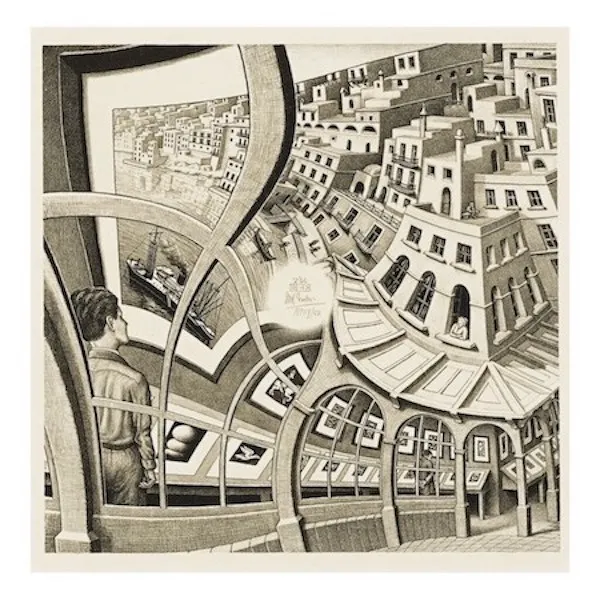Perspective Drawings
- Hope Creek Studios

- Jun 21
- 2 min read

(Grades 5–12) Perspective drawing—whether it’s 1-point, 2-point, or even more—is one of those foundational skills every young artist needs in their toolkit. At first, it can feel like a mountain to climb: vanishing points, horizon lines, converging lines, spatial depth—it’s a lot to wrap your head around. But once students get it? That lightbulb moment is pure magic. Suddenly, their drawings gain dimension, realism, and a whole new level of visual storytelling.
I love weaving perspective practice into bigger projects whenever possible—like sneaking veggies into mac and cheese. But sometimes, there’s no substitute for a focused, technical piece. These were just that: dedicated perspective exercises that gave students space to stretch both their brains and their pencils. We added a little fun and flair, of course, but the main goal was to help them build believable depth on a flat page—and they absolutely rose to the challenge.
From detailed cityscapes and cozy bedroom interiors to expansive landscapes and imaginative fantasy worlds, these drawings became more than just practice—they turned into creative spaces where structure met imagination, and students learned the power of perspective to bring their ideas to life.
A great artist to look at with this project is M.C. Escher. Maurits Cornelis Escher, better known as M.C. Escher, was a Dutch graphic artist best known for his mind-bending artworks that play with perspective, space, and perception. While he had no formal training in mathematics, Escher had an incredible ability to visualize complex spatial ideas, which he brought to life through woodcuts, lithographs, and drawings.
One of the most fascinating aspects of Escher’s work is how he used multiple or impossible perspectives to create visual illusions. In pieces like “Relativity”, viewers are presented with a world where gravity doesn’t behave normally—staircases go in different directions, and people walk at odd angles to each other, all within the same space. This forces the eye to shift perspective constantly, challenging students to think beyond the rules of traditional one- or two-point perspective.
Escher's work also provides a fun and engaging entry point for teaching how perspective influences perception, and how artists can manipulate space to create visual impact.

©HOPECREEKSTUDIOS2025





















Comments